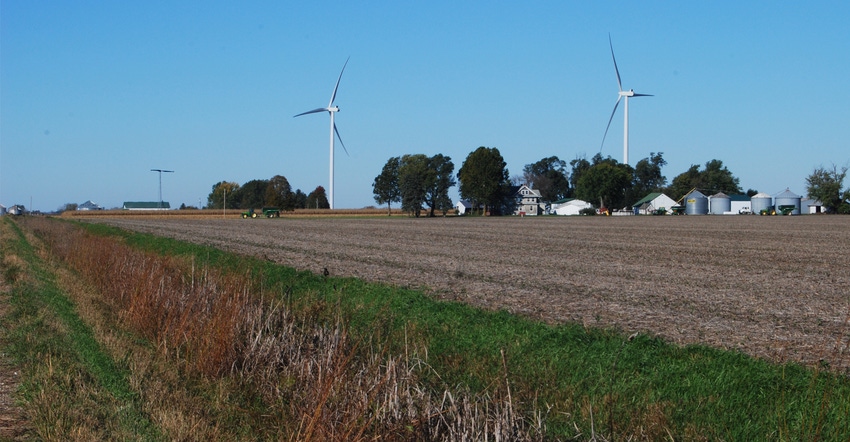December 26, 2019

In late December, USDA’s National Ag Statistics Service will begin mailing reports to gather information about farm economics and production practices from farmers across Iowa. The agency is conducting the third and final phase of the 2019 Ag Resource Management Survey.
“ARMS is the only survey measuring the current financial well-being of Iowa producers and their households as a whole,” says Greg Thessen, director of the NASS Upper Midwest regional office in Des Moines, Iowa. “Results of this survey will help inform decisions on local and federal policies, and programs affecting Iowa farms and farm families.”
To obtain the most accurate data, NASS is contacting more than 36,000 producers nationwide, including 1,500 in Iowa, between January and April. The survey asks producers to provide in-depth information about their operating revenues, production costs and household characteristics.
“We realize this survey is lengthy, and some producers may have questions,” Thessen says. “In February, our interviewers will begin reaching out to those farmers who haven’t yet responded. We will answer any questions they may have and help them fill out their questionnaires.”
In addition to producing accurate information, NASS has strong safeguards in place to protect the confidentiality of all farmers who respond to its surveys. The agency will only publish data in aggregate form, ensuring the confidentiality of all responses so no individual respondent or operation can be identified.
The expense data gathered in ARMS will be published in the annual Farm Production Expenditures report on July 31. That report and others are available at nass.usda.gov. More reports based on ARMS data and information about ARMS is at ers.usda.gov/arms.
Farm labor survey results
USDA in late 2019 issued its annual Farm Labor Report and survey results. There were 23,000 workers hired directly by farms in the Corn Belt II region (Iowa and Missouri) during the reference week of July 7-13. Farm operators paid their hired workers an average wage rate of $15.08 per hour, up $1.28 from July 2018. Number of hours worked averaged 37.2 for hired workers during the July 2019 reference week, compared with 33.4 hours in July 2018.
During the reference week of Oct. 6-12, there were 26,000 workers hired directly by farms in the Iowa-Missouri region. Farm operators paid their hired workers an average wage rate of $15.10 per hour during the October reference week, up 57 cents from October 2018. Number of hours worked averaged 38.3 hours for hired workers during the reference week, up from 35.6 hours in October 2018.
These are averages for all hired employees on farms — field workers and livestock workers.
For the U.S., 809,000 workers were hired directly by farm operators on the nation’s farms and ranches during Oct. 6-12, up 3% from the October 2018 reference week. Workers hired directly by farm operators numbered 802,000 during the week of July 7-13, down 5% from the July 2018 reference week.
For the U.S., the 2019 all hired farmworker annual average gross wage rate was $14.91 per hour, up 5% from the 2018 annual average gross wage rate. The 2019 field worker average gross wage rate was $14.11 per hour, up 6% from the 2018 annual average. The 2019 livestock worker annual average gross wage rate was $13.74 per hour. The 2019 average combined gross wage rate for field and livestock workers was $13.99, up 6% from the 2018 annual average of $13.25 per hour.
The complete Farm Labor Report can be found under “Publications” on the NASS website, nass.usda.gov.
Source: USDA, which is solely responsible for the information provided and is wholly owned by the source. Informa Business Media and all its subsidiaries are not responsible for any of the content contained in this information asset.
You May Also Like




